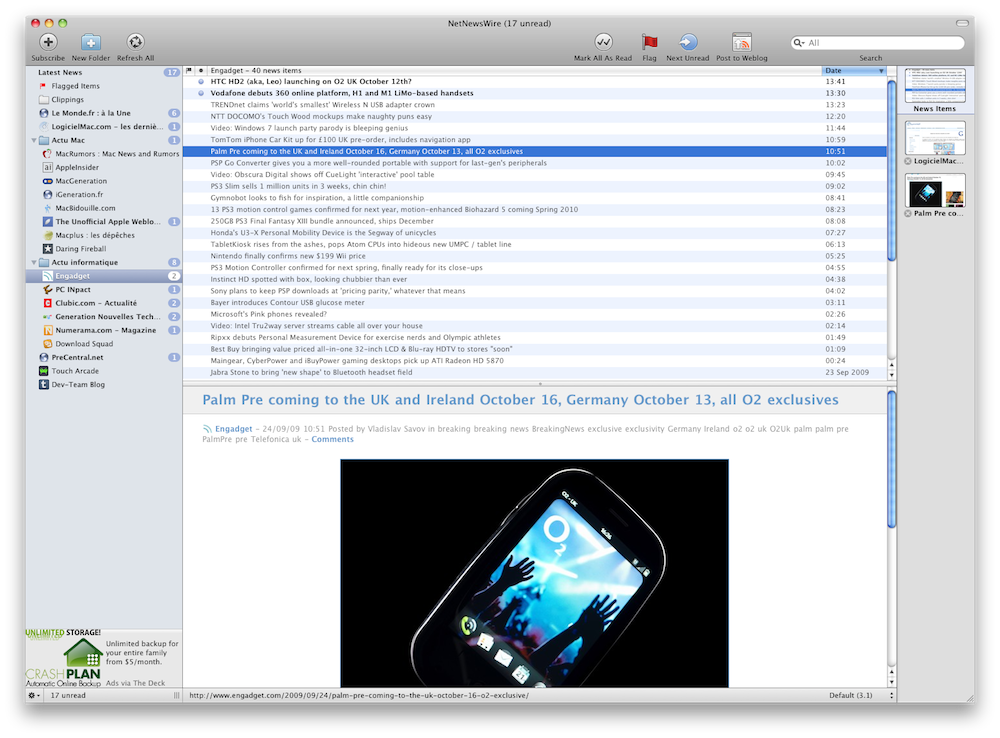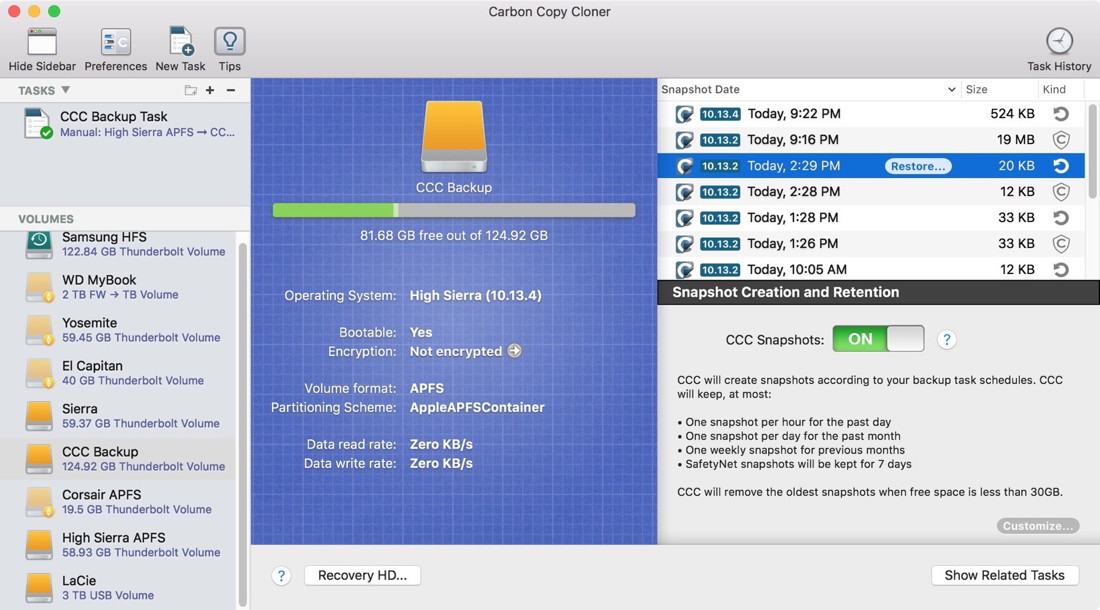

If the remote Mac is not on your local network, you may need to specify the IP address of the public-facing router that your Mac resides behind. If you do not see your Mac listed here, type in the hostname of your remote Mac, then click the Connect button.

Find and select your remote Mac in this list, then click the Connect button. CCC will present a browser that lists any hosts on your local network that advertise the Remote Login service. from CCC's Source or Destination selector. With the Remote Login service enabled on the remote Mac, the next step is to choose Remote Macintosh. In the screenshot below, "Apollo.local" is the hostname of the remote Macintosh.Ĭonfiguring a Remote Macintosh source or destination The hostname is indicated underneath the Computer Name text field. Make a note of your remote Mac's hostname.Be sure to allow access to All users, or explicitly add the Administrators group to the list of restricted users and groups.Open the System Preferences application.Log in to that machine as an admin user.To enable Remote Login on your remote Macintosh: Verify that any firewalls between the two Macs are permitting "secure shell" traffic over port 22 (or a custom port that you specify).Įnabling Remote Login on the remote Macintosh.Enable Remote Login in the Sharing Preference Pane on the remote Macintosh.Confirm that the remote Macintosh is running a supported OS (OS X 10.7 or later).See this section below for additional details.īefore setting up CCC to back up to a remote Macintosh, you must: Note on bootability: This feature is not intended to create bootable backups of the source Macintosh. After a brief setup procedure to establish trust between your Mac and the destination Mac, simply choose the source or destination volume/folder on the remote Mac and CCC will take care of the rest. options in the Source and Destination selectors. It's not exactly something that is easy to find.Carbon Copy Cloner offers the option of securely copying your selected data to another Macintosh on your network (or anywhere on the Internet for that matter) via the Remote Macintosh.
Bombich carbon copy cloner how to#
If you have any questions about how to turn off Local Snapshots that CCC makes, I can go into more detail. Long post I know but I hope this will assist some of you who may have pure flash storage and have High Sierra. Long story shortened: If you are a regular CCC user and have pure flash storage and using High Sierra, you might want to keep an eye on your drive space and decide whether or not to allow CCC to make Local Snapshots. And by the way, got back 40 GB of my SSD space! Mike responded to me the very next day and directed me to the CCC knowledge base: įollowing the directions given in the CCC knowledge base, I was able to remove the CCC Local Snapshots and turn them off permanently. I then sent an email to Mike Bombich (developer of CCC) and included the above and asked him. Here is what Terminal reported to me after I inquired about Local Snapshots: Turning off and/or removing Time Machine Local Snapshots was not returning the lost space. However, did you know that if you use Carbon Copy Cloner as your backup regimen that it too takes Local Snapshots of your APFS formatted SSD and stores them?Ī little history: I have been concerned that my SSD space was being used by something that I could not find. If you have any questions about that, please ask and we will address them. And as of High Sierra, Local Snapshots are taken for all Macs that have flash storage formatted to APFS. As some of you may be aware, Local Snapshots are taken of your HHD/SSD by Time Machine and you may also know how to stop or remove them.


 0 kommentar(er)
0 kommentar(er)
